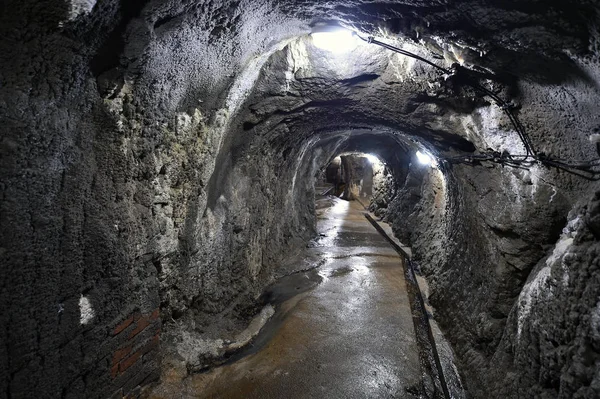
Some of the most mind-bending discoveries aren’t out there in the universe they’re down below our feet. Deep under ancient rock, scientists discovered strange tunnels that might have been formed by an organism outside the realm of science. And yes, this isn’t a science fiction novel plot device it’s an actual discovery that has serious controversy among geologists, biologists, and palaeontologists.
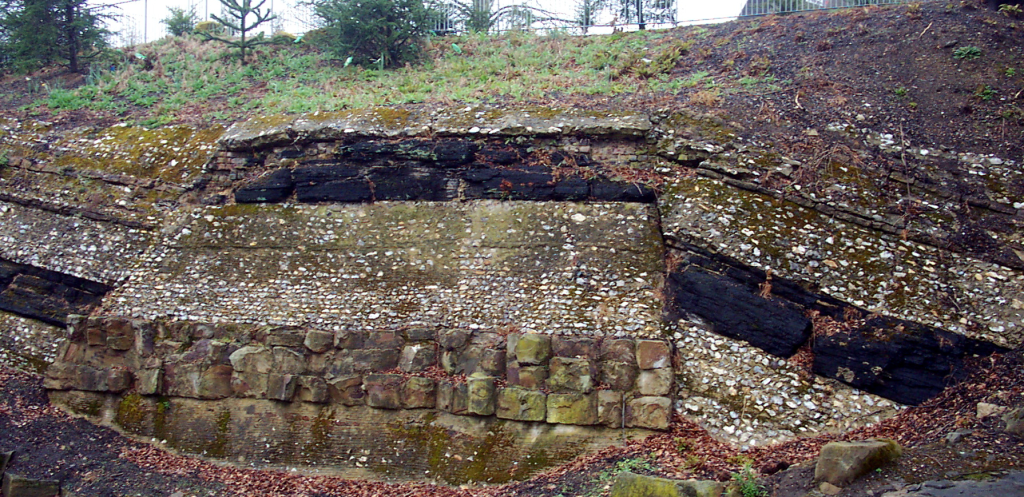
These tunnels, some meters deep into the Earth’s crust, don’t resemble any known creature’s work. Their chemistry suggests a biological origin, but their scale and complexity imply something much more than microbes. Is it the remains of an ancient creature or one that lives today, working away in secret behind stony facades?
From desert marble in Namibia to seafloor sediments that are millions of years old, the secrets scattered across continents and time. Here’s what researchers are piecing together about the enigmatic structures and why they might rewrite parts of Earth’s evolutionary history.
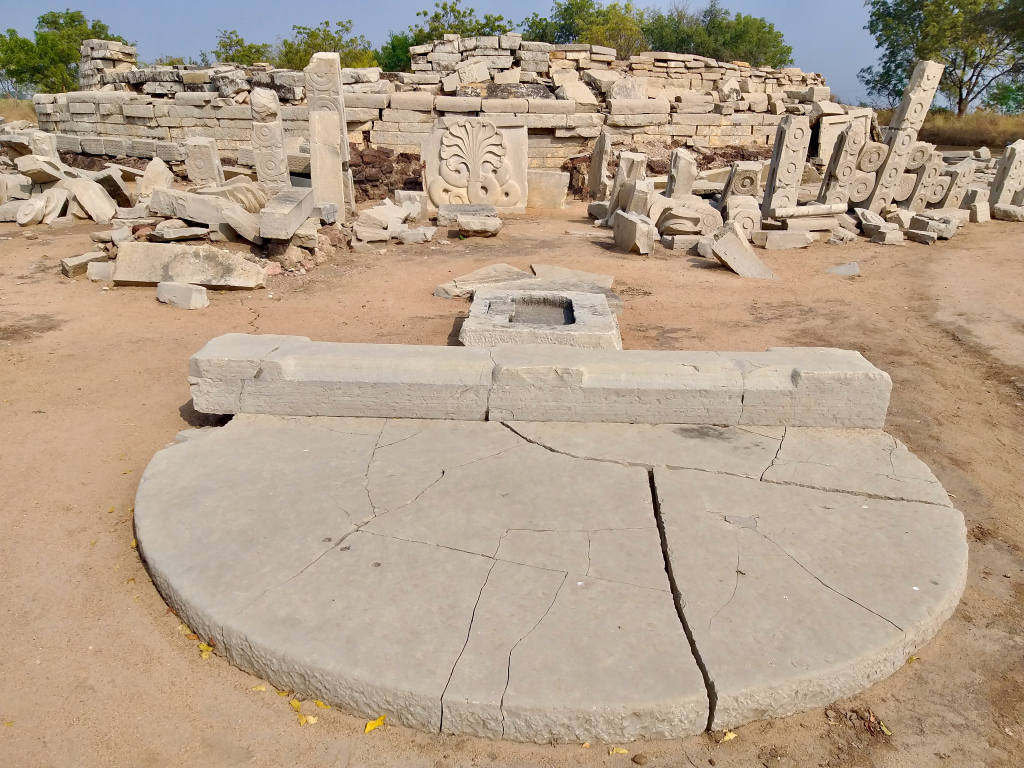
1. The Off-the-Battle map Discovery That Launched It All
The oldest tunnels were found in a geologically rich but unrevealed location, hidden in rock layers millions of years old. Geological studies mapped the terrain, and dating methods confirmed the host rock’s ancient age. The tunnels varied in depth, descending many meters in some places, and formed intricate networks that seemed purposeful, rather than random. Their unusual look raised suspicions immediately with scientists, inducing speculation they were built by an as-yet unknown lifeform.
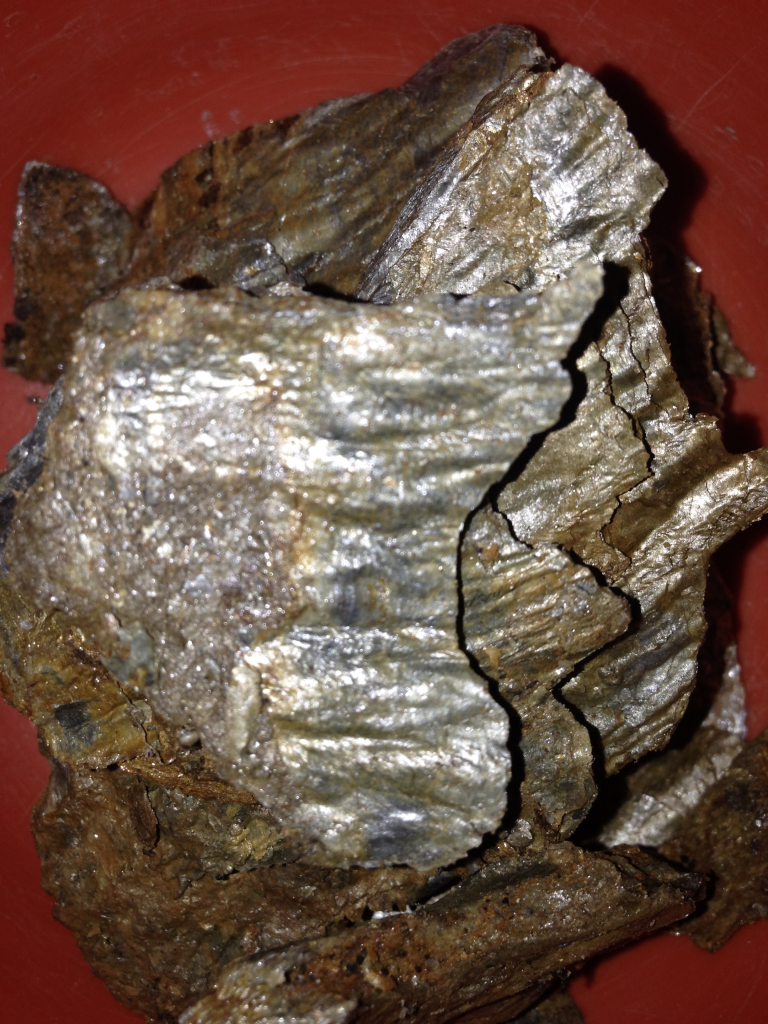
2. Physical Evidence Hidden within the Rock
Chemical and mineral analysis found the host rock to contain minerals characteristic of possible residues left behind by life. Some of the tunnels were constricted and winding, others spacious like underground roads. Their alignment implied purposeful building perhaps refuge or resource exploitation. Surprisingly, the tunnels did not fit within any known patterns of burrowing, either ancient or existing, providing support to the theory of a single maker.
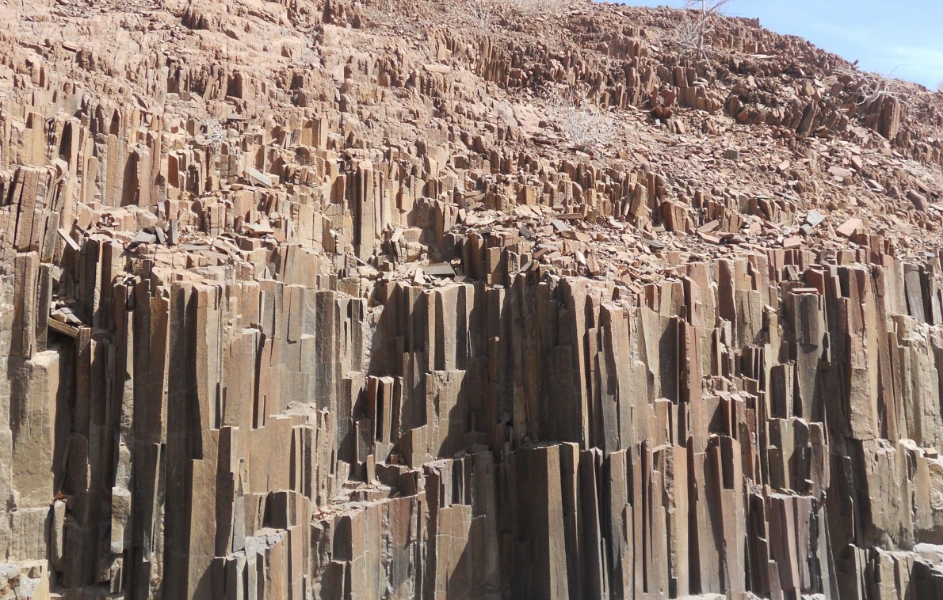
3. The Micro-Burrow Mystery of Namibia and Beyond
Minuscule vertical tubes in limestone and marble coated with pure calcium carbonate powder were observed in Oman, Saudi Arabia, and Namibia by scientists. According to Johannes Gutenberg University Mainz Professor Cees Passchier, “We were surprised because these tubes are clearly not the result of a geological process.” The researchers have reason to believe that endolithic microorganisms growing inside rock were responsible. These buildings, perhaps a million years old or more, could have been created in more humid environments when water brought in nutrients into the stone.
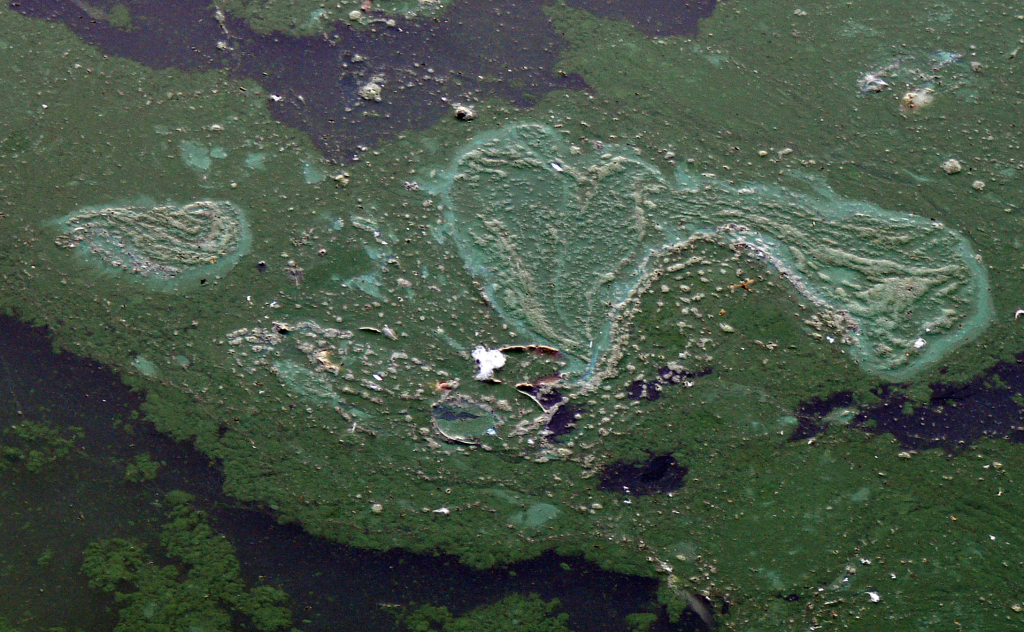
4. Why Known Microbes Don’t Fit the Bill
Fungi, cyanobacteria, and lichens are well-documented rock-borers, but each is limited. Cyanobacteria require sunlight, so they do not penetrate deeply into rock. Fungi create complex networks of mycelia, but not parallel, equally spaced burrows seen here. The growth ring and tunnel diameters demonstrate colonies of microbes working together, but no organisms were found fossilized only their chemical imprints. As Asscher’s team thought, “We suggest that they are of biological origin” although they ruled out likely suspects.
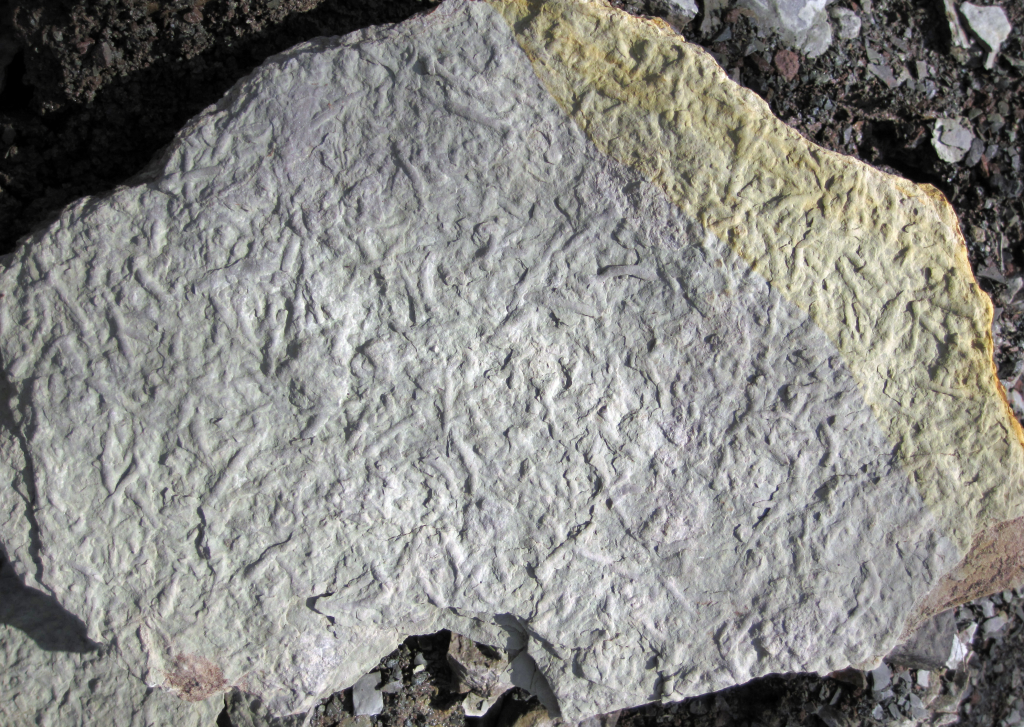
5. Ancient Bioturbation and Deep Burrowing
These mysterious tunnels preceded them by millions of years with burrowing animals that sculpted seafloor sediments bioturbation. Deep transition layers of Cambrian burrows are evidenced from fossil records, stepwise depth progressions in the Jurassic and once again in Palaeocene–Eocene. Some of the deepest and oldest ancient burrows, like Ophiomorphic, correlate with crustaceans, and it implies that complex tunnel-excavation behaviours have evolved more than once during Earth’s history.
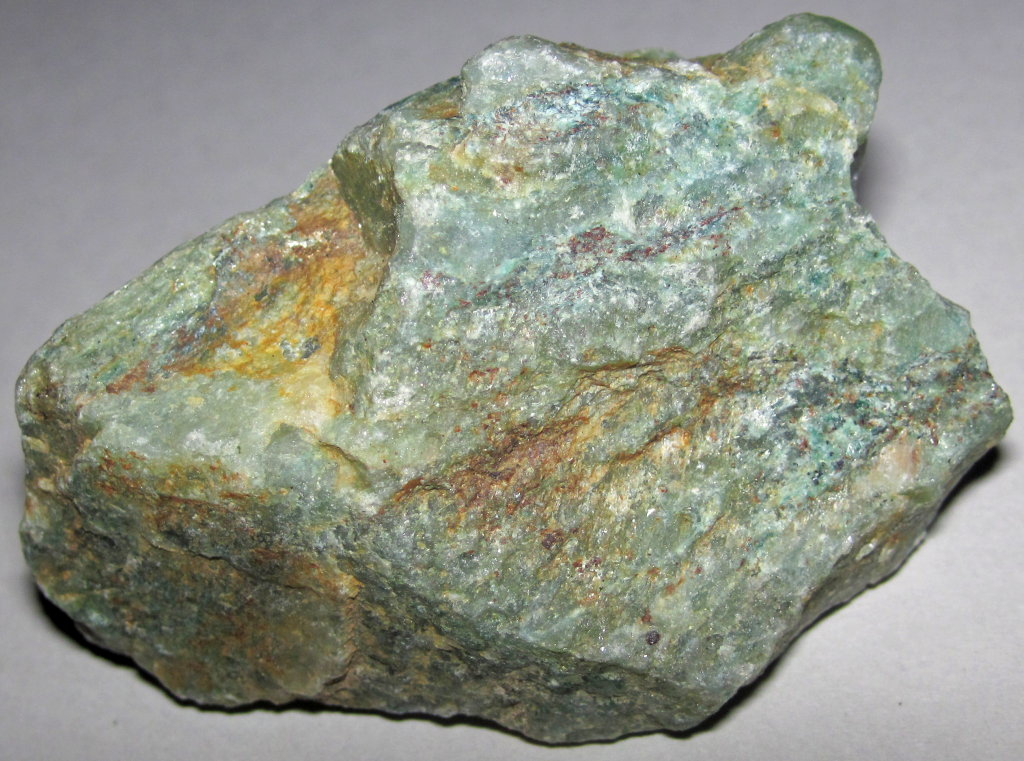
6. Geological Windows of Opportunity
A fifty-million-year-old mystery in Western Australia was a crustacean-like burrow network in quartzite pre-dating any animals. Microscopic analysis showed that the rock had temporarily softened during the Eocene, allowing burrowing before hardening again. Such a ‘window in time’ illustrates how geological process creates rare opportunities for organisms to make marks in otherwise impassable substrates perhaps comparable to circumstances that enabled the elusive tunnel-makers.
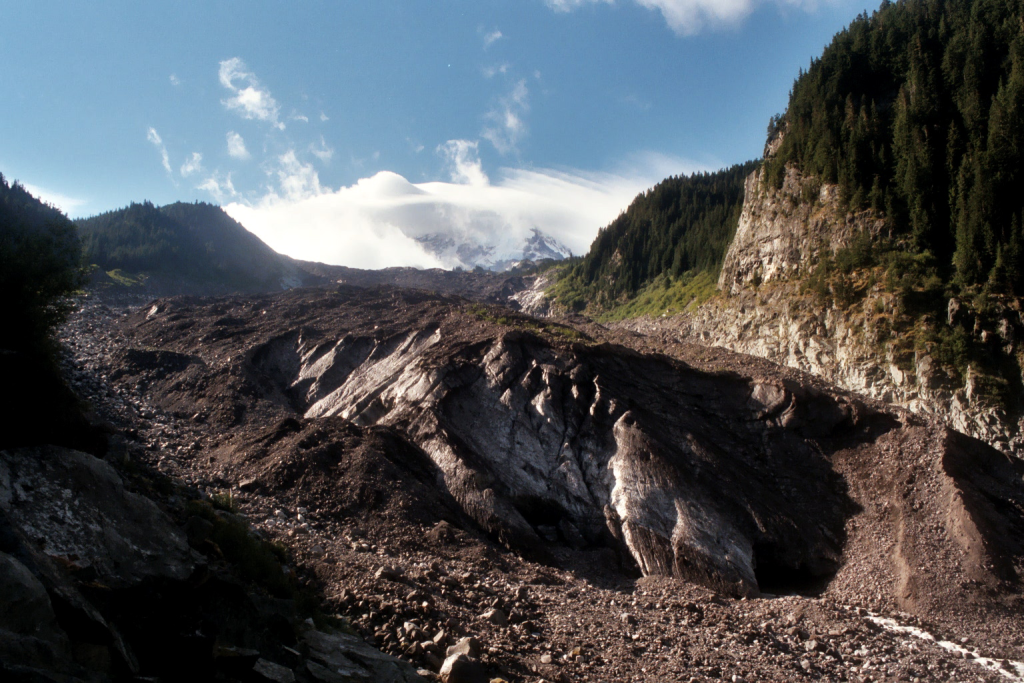
7. Implications for the Earth’s Carbon Budget
Had such tuneless been ubiquitous, their burrowing could have impacted the Earth’s carbon budget. Breaking down the carbonate minerals and freeing the stored carbon, they could have contributed in an unexpected way to ancient global climate history. As Asscher emphasized, “This type of life could be significant for the global carbon cycle.” Understanding their impact would enhance models of ancient and future carbon cycling.
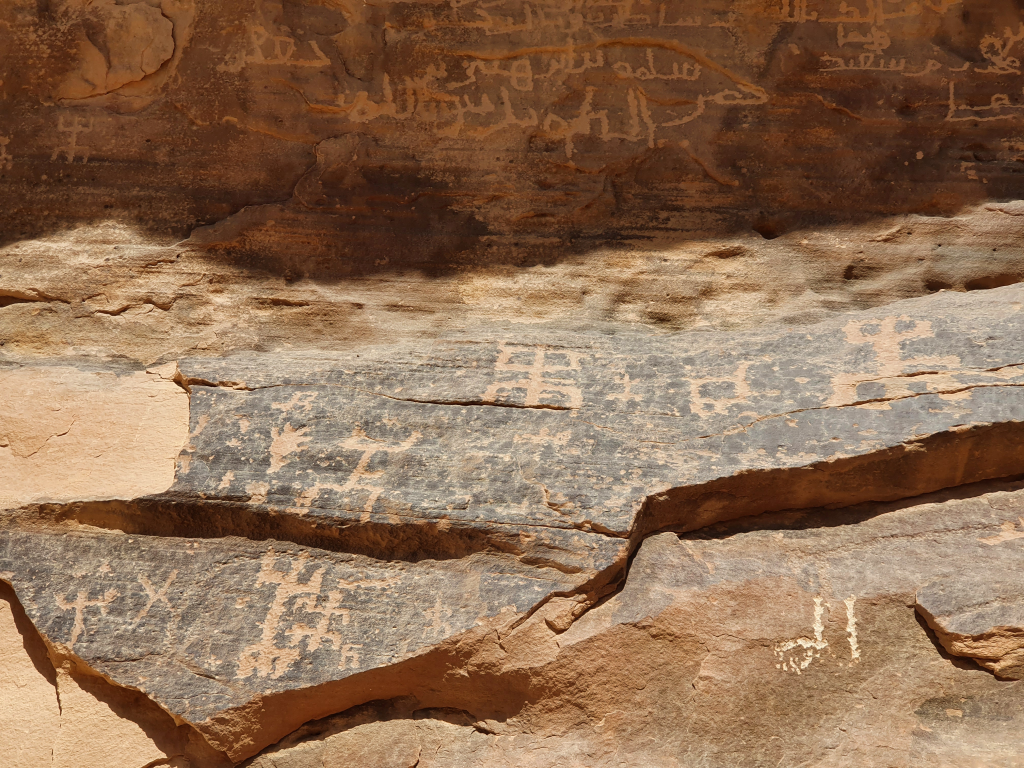
The tunnels carved into ancient rock are more than geological curiosities they’re cryptic signatures of life, possibly from a lineage we’ve never encountered. Whether the architects were microbial colonies, primitive animals, or something entirely different, their story is intertwined with Earth’s deep history. As scientists chase these threads across continents, with each new finding drawing us nearer to answering a question that falls across geology, biology, and climate science: who or what made these tunnels, and what did they leave behind them?


